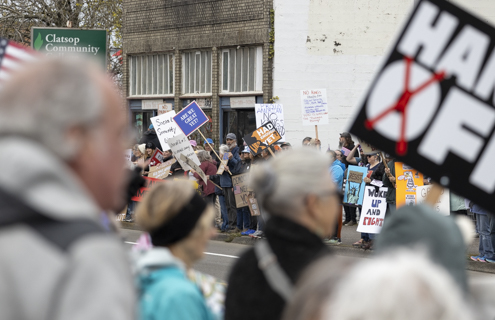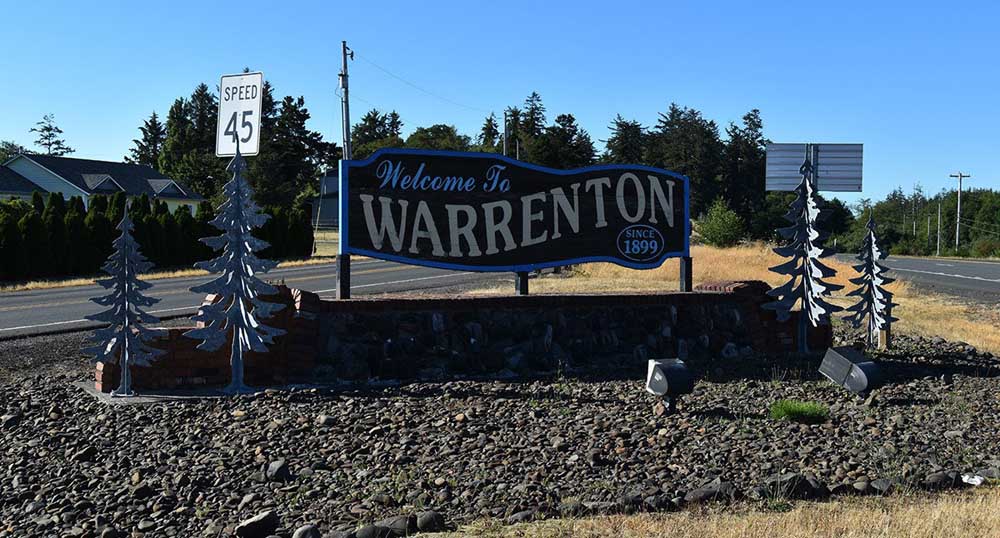Cannon Beach Makes Waves in National Geographic
Published 4:00 pm Wednesday, January 18, 2012
Cannon Beach makes waves in National Geographic
Hot off the press: Cannon Beach is featured in the February 2012 issue of National Geographic Magazine in an article about tsunamis. Locals will recognize a beautiful two page photo spread of cedar-clad houses facing Haystack Rock and the blue horizon beyond. Cannon Beach is the cover art for the article entitled, ‘The calm before the wave, where and when will the next tsunami hit?’
In shocking contrast to the opening scene in Cannon Beach, the next several pages of the article are a fold-out accordion-style photo of devastating, debris-strewn tsunami waves plowing over the once idyllic Japanese beach town of Rikuzentakata, in March 2011. Rizukentakata, the article tells us, was eradicated by the tsunami. More than 1500 people died there when the tsunami hit.
The National Geographic article compares the Cannon Beach inundation map, available at Cannon Beach City Hall and all over town, to the actual inundation map of the Japanese city of Sendai, where waves washed up more than two miles inland.
Among all of the coastal countries around the globe, Japan is world leader in preparing for earthquakes and tsunamis. And yet, the March 2011 earthquake and subsequent tsunami was far larger than Japanese scientists predicted. They prepared for 15 foot waves, and got 45 foot waves, in some places, higher.
In a world map format the article illustrates subduction zones off of coastlines around the planet, and shows how often “tsunami trigger events,” such as earthquakes, have occurred there in the past 2000 years.
Scientific data has shown that tsunami trigger events happen in cyclic episodes and periodic clusters. For example, there is geological evidence showing that Japan has experienced huge tsunamis every 800 to 1100 years. In 2001 Japanese scientists published a paper warning that the last Japanese tsunami had occurred 1100 years ago, and the next one was due to arrive at any time. It came 10 years later, to a nation that thought it was prepared.
The National Geographic Magazine article may serve as a primer for the earthquake preparedness workshop with Oregon geological scientists at Cannon Beach Elementary School on January 30 at 6 p.m. The Seaside School District superintendent organized the informational public workshop for the Seaside School Board, in response to concerns about whether the elementary school would survive an earthquake.
Presumably that workshop will concern itself with the Cascadia subduction zone, off of our coastline.
Local geologic record shows that the last big tsunami triggered by a Cascadia subduction zone earthquake occurred 312 year ago, in 1700. Researchers estimate that Cascadia subduction zone earthquakes happen on average every 250 to 500 years, meaning that the next event is due at any time between now and the next 200 years. Scientists agree that it could be as big as the March 2011 earthquake off of Japan’s coastline, which measured magnitude 9.





